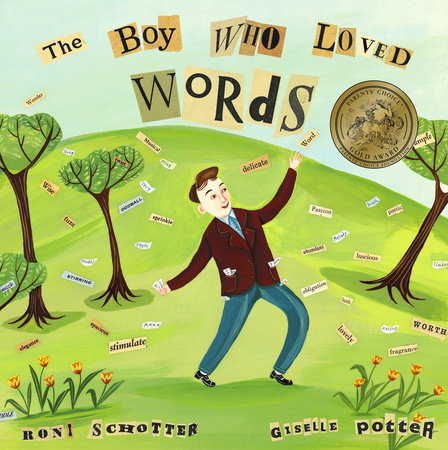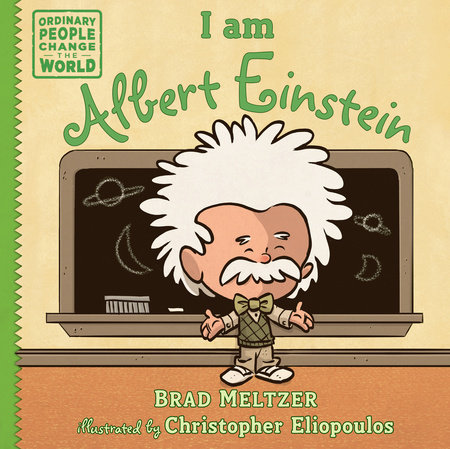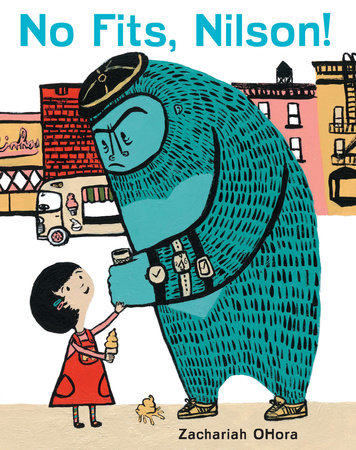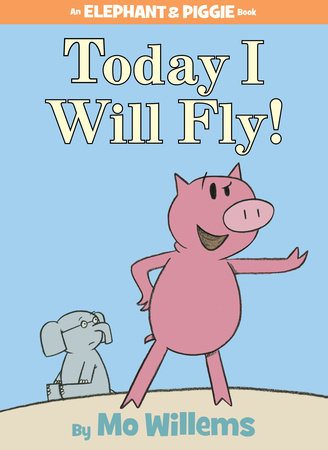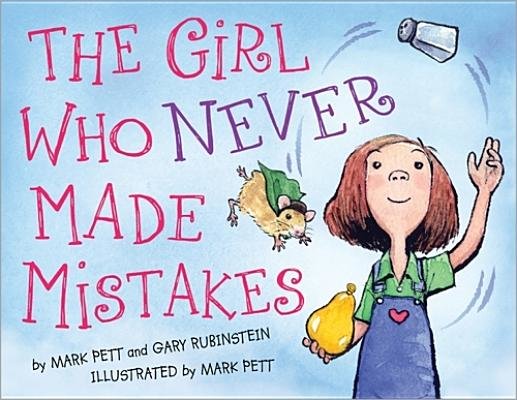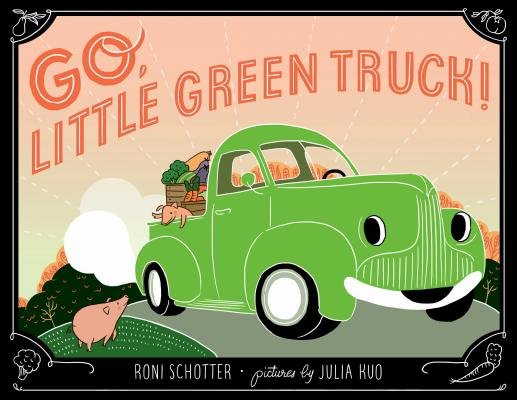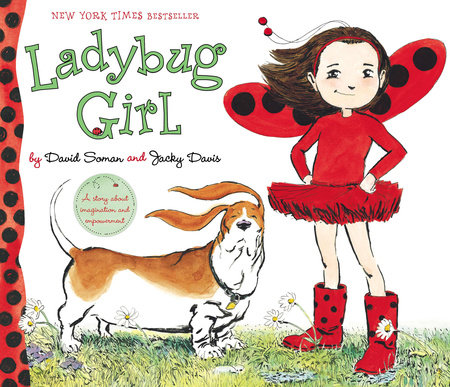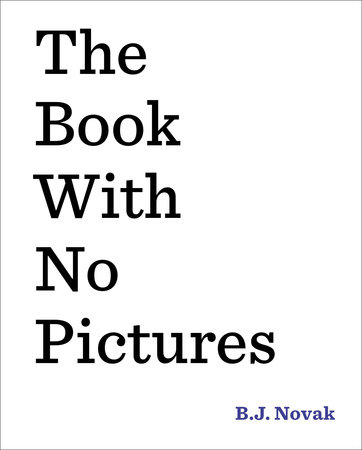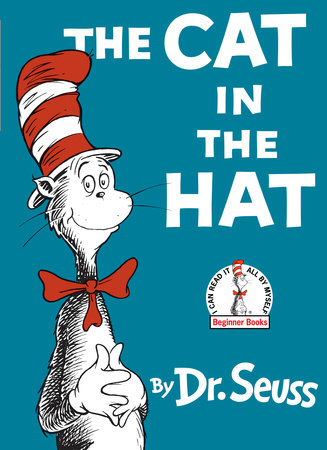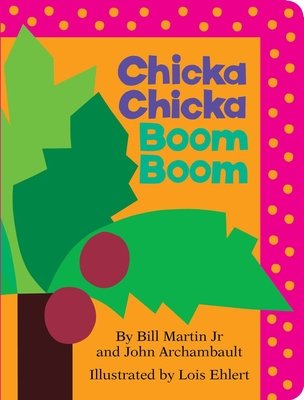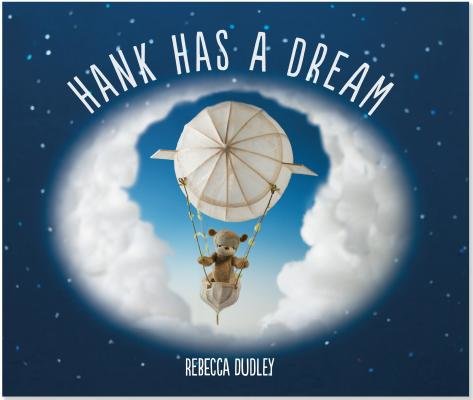5 Ways To Use Picture Books To Build Kids’ Language Skills
by Rebecca Eisenberg
As a speech language pathologist and parent, I’ve found reading aloud to be an excellent opportunity to work towards advancing language skills with kids. While reading a book to your child, you can help facilitate specific language concepts such as expanding vocabulary, modeling appropriate social language, improving auditory comprehension, developing literacy concepts, and targeting sequencing. Read on to learn more about these five areas of language development, and find picture book recommendations to help you get started!
Expand Vocabulary
As you are reading a picture book to your child, be aware of vocabulary that your child may be unfamiliar with. When you come across an unfamiliar word, define it as you are reading. Asking your child to explain the word themselves during reading time will help them store that specific word within their lexicon. A study by the National Reading Technical Assistance Center1 showed that children made increased gains in their ability to understand vocabulary when the definitions were explained during the read-aloud, and there were even further gains when the children explained the definition themselves.
For example, when reading Hoot and Peep you’ll come across this sentence: “Peep thought it was the perfect night to sing about the magic of moonbeams.” After reading the line, explain: “Moonbeams are rays of moonlight.” Then further your child’s knowledge of this word by showing him or her images of different moonbeams online.
Another excellent strategy is reading the same story repeatedly. According to the study, there were 12% gains in vocabulary knowledge with repeated readings of stories. To learn more about repeated reading and its benefits, click here.
These are three of my favorite vocabulary-building picture books, but keep in mind that most children’s books can be used to expand vocabulary.
-
Hoot and Peep
Also available from:The Boy Who Loved Words
Also available from:I Am Albert Einstein
Also available from:
Build Social Language Skills
Pragmatics is defined as social language, our ability to interact with others appropriately. It includes things like having appropriate conversations, staying on topic, respecting others, etc. Most children learn these skills by copying the behavior of adults and peers in conversation, and through symbolic play. Books that model specific social behaviors can help further these skills.
For example, when reading No Fits, Nilson!, ask your child, “Why does Nilson throw temper tantrums?” and “What does Amelia do to help Nilson calm down?” This book can help lead a productive conversation about temper tantrums and the interaction between the two main characters. To see more recommendations on targeting specific social skills related to special needs, visit my website here.
These books are a great place to start learning pragmatics:
-
No Fits, Nilson!
Also available from:Elephant and Piggie series
Also available from:
Improve Comprehension
Comprehension is the ability to understand language (receptive language). For example, when you ask a child to point to the title of book, you are testing their receptive language, what they understand. If you ask a child, “Tell me the title of the book,” their verbal response is expressive language.
When you read with your child, improving comprehension and recalling information are natural goals. Using strategies such as asking “wh” questions (who, what, where, when, why, and how), and using fill in the blank prompts (“The Little Green Truck feels _____.”) and choices (e.g. Is Ladybug Girl at the park or in her backyard?”) can help improve comprehension during book reading. Tip: When asking “wh” questions, start by asking simple questions and then progress to more complex questions. This is called a scaffolding technique. For more information about strategies to use when asking your child to retell the story, click here.
Here are some recommended books for improving comprehension and recalling information:
-
The Ladybug Girl series
Also available from:From Wolf to Woof!
Preorder from:
Develop Reading and Writing Skills
It is never too early to improve print awareness and target emerging literacy (the ability to read and write) skills. As you read aloud, use various strategies, such as print referencing, to improve your child’s ability to learn and become aware of print.
What is print referencing? This is when the reader points a specific word as he or she is reading it. This technique can significantly help a child become more aware of print. To learn more about print referencing and how to facilitate this strategy, click here.
-
The Book with No Pictures
Also available from:The Cat in the Hat
Also available from:
Learn Sequencing and Story Development
As you are reading a book aloud to your child, review the events in the story as they occur. For example, when recalling specific events in the story of The Monkey Balloon, you might summarize, “Mimi went to the playground and then she saw the bus.” You can also ask your child to recall specific events with a fill in the blank prompt such as: “After Mimi went to the playground, she saw the ______.”
And using visuals can always help! I use sequencing cards to help the child recall specific scenes in The Monkey Balloon. Reading wordless books can also be an excellent tool to target narratives and sequencing because it forces you to create your own story! Check out some of these recommended read-alouds:
-
The Monkey Balloon
Preorder from:Hank Has a Dream
Preorder from:
Reference
1. Butler, Shari, Kelsi Urrutia, Anneta Buenger, Nina Gonzalez, Marla Hunt, and Corinne Eisenhart. “A Review of the Current Research on Vocabulary Instruction.”A Review of the Current Research on Vocabulary Instruction(2010): 1-19. National Reading Technical Assistance Center, 2010. Web.


